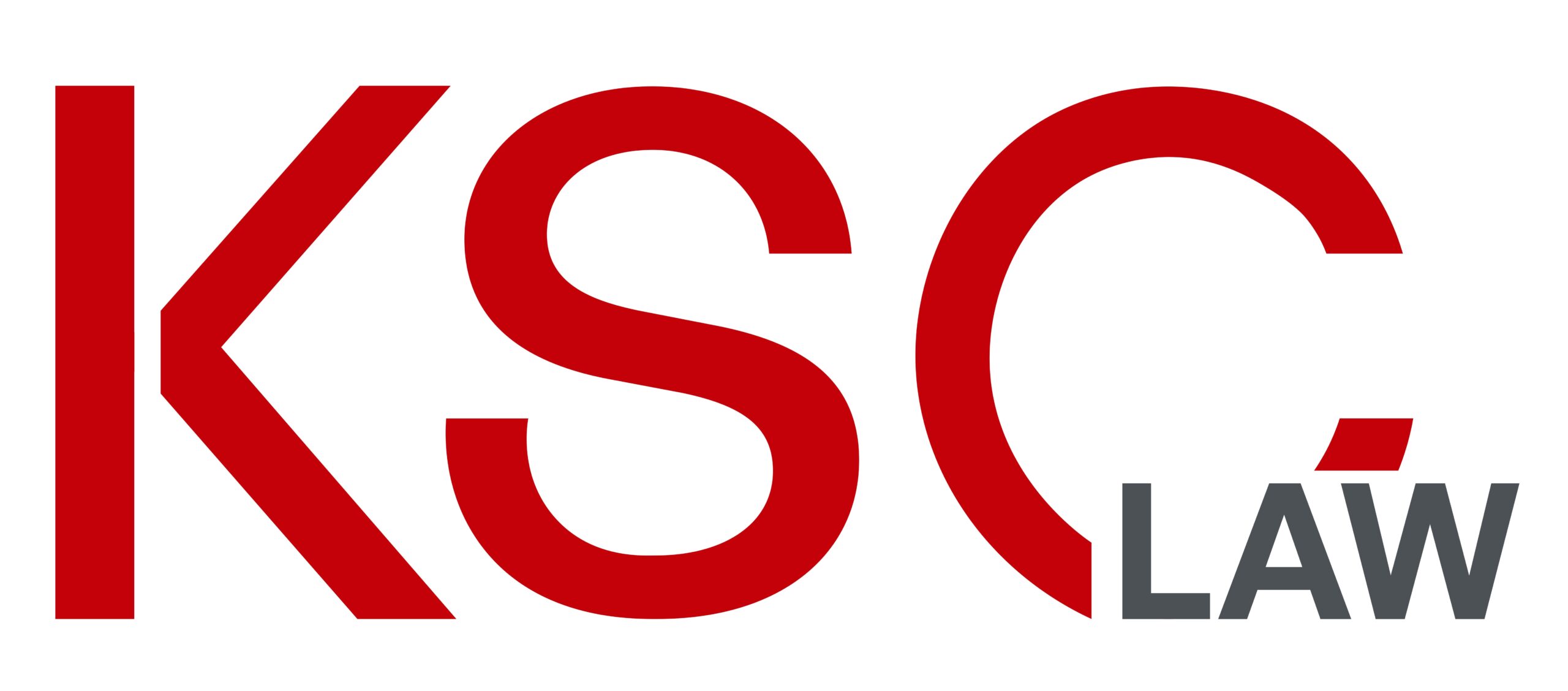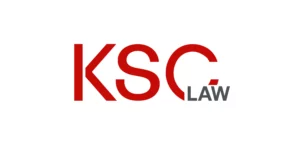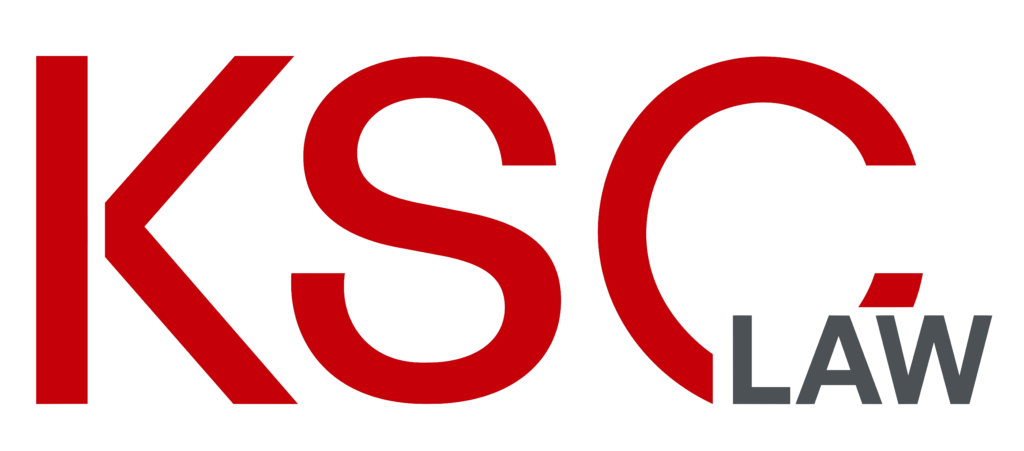By David Gray Wright
Principal, Kahn, Smith & Collins, P.A
Maryland’s structure of labor boards is unique – and fragmented. The roles of Maryland’s labor boards are correspondingly unique – and very little like the National Labor Relations Board (“NLRB”). So too, Maryland’s labor boards are not like other state labor boards, in either form, function, or jurisdiction. The distinctions may be jarring to those familiar with the NLRB, and surely influence the choices and expectations of those who could appear before the boards.
There are three labor boards created by State law. There is a State Labor Relations Board (“SLRB”) to oversee and adjudicate collective bargaining matters, including unfair labor practice charges, for units of employees within the Executive Branch. Md. Code, State Pers. & Pens. (“SPP”) §§ 3-201, et seq. The State Higher Education Labor Relations Board (“SHELRB”) does the same for units of employees within the University System of Maryland, at other public universities, and the Baltimore City Community College. SPP §§ 3-2A-01, et seq. The Public Schools Labor Relations Board (“PSLRB”) oversees and adjudicates collective bargaining matters for units of employees of local school boards, i.e. k-12 public schools throughout the State. Md. Code, Educ. (“ED”) §§ 6-801, et seq.
Notably, there is no labor board to oversee or adjudicate local collective bargaining matters, i.e. for units of county, municipal, and other public sector employees. Instead, those matters are addressed through the particular processes set by local law – though some county or municipal governments provide no or scant processes. Often unfair labor practice complaints are referred ultimately to an arbitrator. See e.g. Baltimore City Code, Art. 12, § 7-4; Howard County Code, § 1.610. States such as Pennsylvania, New Jersey, Vermont, Oregon, to name a few, have more far-reaching, unified labor relations boards with jurisdiction extending to collect bargaining across the state, county, and local levels and/or across many stripes of employees – civil service, public safety, public school, otherwise – and sometimes to all non-NLRA covered employers. See 43 Pa. Stat. Ann. §§ 1101.301, et seq.; Vt. Stat. Ann. Tit. 3, §§ 921, et seq. (state employees, state college employees and University of Vermont employees); N.J. Stat. Ann. §§ 34:13A-5.2 (employees of the state, counties, municipalities, public school districts, charter schools, public colleges and universities, autonomous agencies); Or. Rev. Stat. Ann. § 243.766.
The three Maryland State labor boards are staffed by a common executive director and assistant attorney general, and a common administrative staff.[1] SPP § 3-204; ED § 6-805. No investigator, agent, or field staff is required by law or budgeted, although necessary staff can be hired. SPP § 3-204. No administrative law judges are required or budgeted for the boards exclusively. See id. The State labor boards do not have a common corpus of decisions. Each board approaches labor relations issues de novo, based on its own view, its own statutory charge, and its own history and members. Each board is composed of five individuals but the qualifications vary and the board may proceed with vacant seats. SPP § 3-2A-02; SPP § 3-202; ED § 6-803. Of the fifteen seats throughout the three labor boards, five are statutorily required to have experience with, or knowledge of, labor relations. Id.
The NLRB, of course, is tasked with making rules and adjudicating collective bargaining matters for nearly all private sector employers. 29 U.S.C.A. §§ 153, et seq. The NLRB proceeds from a robust corpus of its decisions and court opinions about labor relations under the National Labor Relations Act (“NLRA”) and related laws. Accordingly, the NLRB addresses collective bargaining matters in most industries through common principles – except for some distinctions for healthcare, and construction, and others. See 29 U.S.C.A. § 158. Those common principles are expected to adapt as business and industry evolve, but, of course, the NLRB is a creature of politics and principles recently have been pushed one way or another depending on the presidential administration. The NLRB, through rulemaking and adjudication, addresses both representation proceedings and unfair labor practice proceedings.
The three State labor boards too are each responsible for both representation proceedings and unfair labor practice proceedings. But again, as to those proceedings, there are notable differences between the boards and with the NLRB. The SLRB was the first labor board created, in 1999, and most of its representation proceedings occurred in the couple years that followed, as State employees were organized and elections were held. See 1999 Maryland Laws Ch. 298. In the years since, representation proceedings have occurred usually as the General Assembly has granted collective bargaining rights to new units or agencies within the Executive Branch, e.g. MTA police (2010), Comptroller and State Department of Education employees (2012). See Md. Code, SPP § 3-102; 2010 Maryland Laws Ch. 704; 2012 Maryland Laws Ch. 581. The SHELRB was created in 2001. 2001 Maryland Laws Ch. 341. It saw a wave of representation proceedings initially, and some thereafter as different institutions and units have been organized. Its jurisdiction, however, has not been expanded as the SLRB’s has.
While the NLRB is often called upon to define appropriate bargaining units of employees, the General Assembly has largely defined the bargaining units of State Executive Branch employees and higher education employees. In higher education, there are three units per institution: FLSA-exempt, FLSA non-exempt, and sworn police. SPP § 3-403(d). In the Executive Branch, there are ten established units (labeled A to J) based on job classification and duties, and there is a statutory preference for newly organized employees to be assigned to an established unit. SPP § 3-205. NLRB rules and cases on unit composition thus have little bearing on organizing within the State.
The last board created, the PSLRB in 2010, ironically has jurisdiction over employees who have had collective bargaining the longest: public school teachers and employees. 2010 Maryland Laws Ch. 324. Collective bargaining rights for teachers were established in 1968. Carroll Cty. Educ. Ass’n, Inc. v. Bd. of Educ. of Carroll Cty., 294 Md. 144, 146 (1982); 1968 Maryland Laws Ch. 483. But until 2010, those rights were addressed by the State Board of Education (“SBOE”). The result was a labor relations landscape far afield from any others, as the Board of Education was not fundamentally experienced with, or responsible for, addressing representation matters and unfair labor practice allegations. See ED § 2-205. When the PSLRB was created it was designed to work from the foundation and history of the SBOE. The PSLRB came about after bargaining units for public school teachers and employees were well-established and limited by law. See ED § 6-505. The PSLRB’s statutory scheme is different still from that of the SLRB and SHELRB, because of the era of public school labor relations law overseen by the SBOE.
One way that the PSLRB’s scheme is different is that it has a statutory procedure solely to address the negotiability of topics – and to do so on a fast timeline. The SLRB also has such a procedure but with less detail and urgency; the SHELRB does not have a procedure. COMAR 14.32.06.02. The NLRB does not have a unique procedure like this. The PSLRB procedure directs that upon a dispute over negotiability of a topic the local school board and organization will submit briefs within seven days of the request and the PSLRB will issue a decision within fourteen days thereafter. ED §§ 6-408 and 6-510. The PSLRB also has a statutory procedure for impasse; the SLRB does not; and the SHELRB has a voluntary procedure for mediation at impasse. Id. The PSLRB impasse procedure, like the negotiability procedure, includes a prompt system for meditation and then arbitration. Id. That procedure is akin to the labor board procedures for many other states. But, of course, the NLRB does not administer impasse procedures for private sector labor relations, where, in most instances, the employees can strike and otherwise act to break the impasse, and a large body of law exists about the parties’ rights at impasse. 29 U.S.C.A. § 163. Strikes and lock outs are prohibited for employees within the State labor boards’ jurisdictions. SPP § 3-306.
As to unfair labor practice proceedings, each board oversees a statutory definition of unfair practices. SPP § 3-306; COMAR 14.34.04.01. The State labor boards are varied as to limitations periods. The NLRB addresses charges filed timely within six months of the conduct. The SLRB’s and SHELRB’s limitation are each ninety days. COMAR 14.32.05.01 and COMAR 14.30.07.04. The PRLB’s limitation period is sixty days. COMAR 14.34.04.03. Each of the State boards requires a timely answer within twenty days. But beyond that, there are no statutory or regulatory obligations to timely advance, process, or resolve a filed unfair labor practice charge.
In carrying out its tasks, the NLRB is notoriously focused on timeliness and statistics, as it views prompt resolution of disputes as core to good labor relations. For example, upon the filing of an unfair labor practice charge, a Board Agent is promptly assigned to investigate, gather evidence from the charging party, and get the position of, and some evidence from, the charged party. As to unfair labor practice charges, the Board Agent usually provides an assessment to the Regional Director within a matter of weeks, and steps to settle, withdraw, or advance the matter proceed. In FY2020, for example, the NLRB reported a 96% settlement rate and an average of 73.8 days from filing to disposition.[2]
The NLRB’s settlement rate is a function of its hands-on approach to dispute resolution. A charge that a Regional Director believes lacks merit prompts calls to the charging party pressing for withdrawal; and a charge that is believed to have merit is usually resolved through a flurry of calls between the Board Agent and the parties to negotiate a resolution according to established expectations about terms. The Maryland labor boards do not proceed from such an approach. The remedies available under the State labor board are also distinct from the NLRB. The NLRB may issue orders to cease and desist, for reinstatement, and for back pay. 29 U.S.C.A. § 160(c). The SLRB, SHELRB, and PSLRB do not have express authority to order back pay. COMAR 14.32.05.02, 14.30.07.04, and 14.34.04.15.
The Executive Director of the Maryland labor boards is empowered to investigate a charge after it is filed. Id. But there is no other staff to carry out investigations. There are no agents and accordingly no affidavits taken and other evidence assembled – other than that affirmatively given by a party. The result is that initial determinations about merit are not founded on well-developed records. Meritless charges are not withdrawn. Meritorious charges are not pressed towards resolution (informal resolution efforts require the consent of all parties). See COMAR 14.32.02.01. Meritless and misfiled charges are dismissed by the respective board usually, after some time has passed. Arguably meritorious charges can be heard by the board or referred to the Office of Administrative Hearings (“OAH”) for further proceedings and, ultimately, a recommended decision. See COMAR 14.32.01.03, 14.34.04.07 Unlike the NLRB and other states’ labor boards, there are no administrative law judges devoted to labor relations topics. A case referred by a Maryland board will be heard by any assigned administrative law judge of the OAH. The case will be handled in the ordinary course and on the ordinary schedule. In real terms, that means that some months will pass before referral; several more will pass before the case is heard and a recommended decision issues; and a few more months may pass before a final decision will issue from the particular Maryland board. That there are three Maryland labor boards is a stark contrast itself to the labor relations scheme overseen by the NLRB and by schemes in other states. The Maryland scheme requires parties to carefully understand the unique processes, rights, and workings of the board with jurisdiction. While some NLRB principles on substantive rights may be applicable, the mechanics of the State boards are not akin to the NLRB.
[1] The FY22 Budget reports a total of three FTEs. https://dbm.maryland.gov/budget/Documents/operbudget/2022/proposed/FY2022-Volume1.pdf
[2] https://www.nlrb.gov/news-outreach/news-story/nlrb-closes-out-fy-2020-with-favorable-case-processing-results






